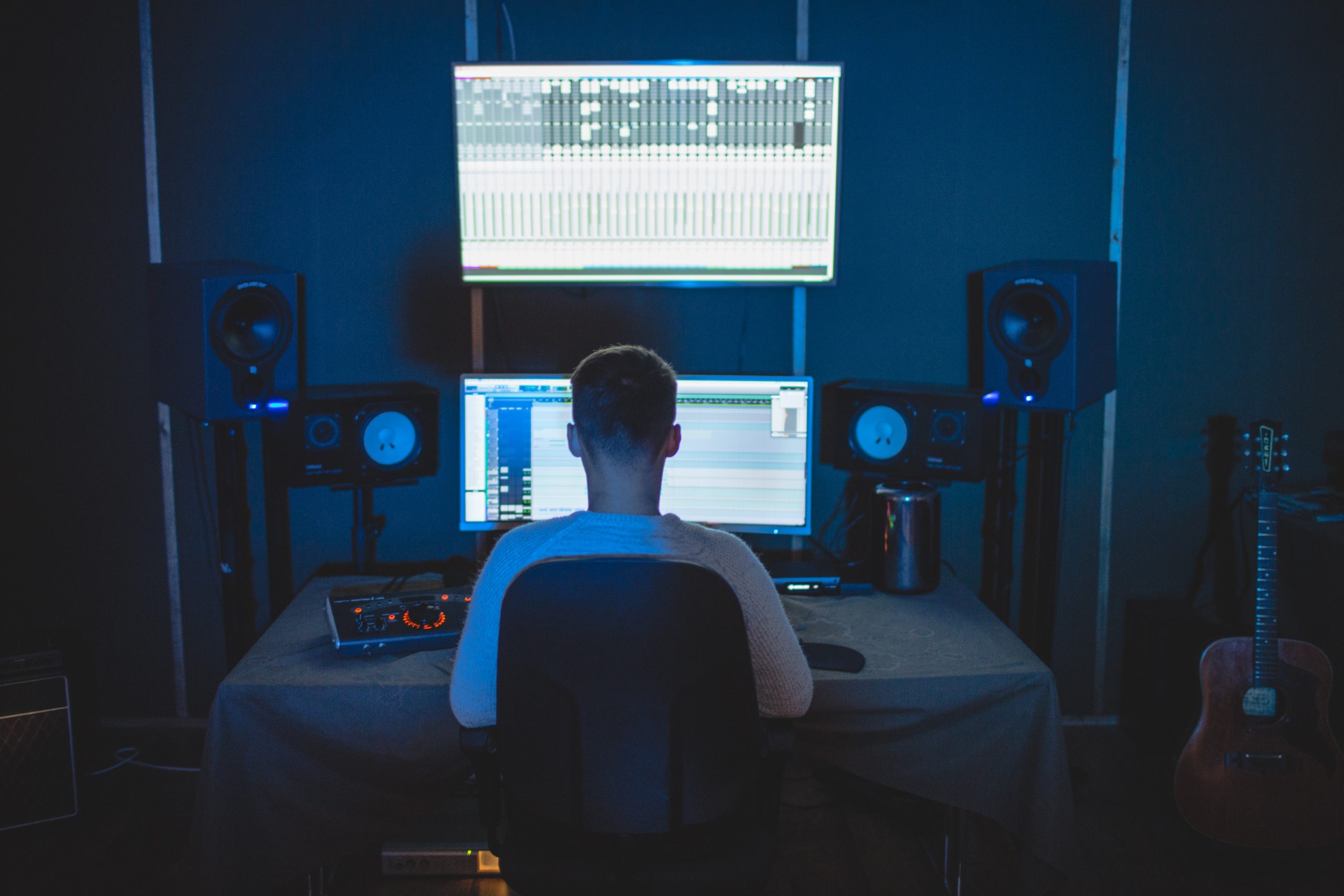Commercial works and recordings
Legally, the term ‘synchronisation right’ does not exist. It is in fact a fixation right. However, the term synchronisation right has become part of the everyday vocabulary of those involved in the audiovisual industry, and more specifically those involved in the music industry, since audiovisual production and advertising films make use of recorded musical works, whether commercial recordings by well-known artists or from music libraries. The term ‘sync rights’ is more commonly used.
By joining SACEM, or any other collective management organisation, authors, composers and publishers, as well as artists and producers, give these societies a mandate to collect and distribute royalties from the broadcasting of their creations. However, as regards use in audiovisual productions such as films, series and commercials, the collective management organisations do not hold this prerogative.
Having reserved this right, it is therefore the creators, authors, composers and artists, or their representatives, publishers and producers, who alone are entitled to negotiate the conditions under which a work and its recording can be used by integrating (synchronising) them in feature films, short films, documentaries, video games or advertisements in particular. Depending on the reputation of a work, or its recording by a prestigious artist, which is mainly the case in advertising, feature films and series, the agency or film producer may acquire synchronisation rights for the work by contacting :
- on the one hand, to its publisher for what concerns the work under copyright (editorial rights);
- to the owner of the recording (producer, record company or label) for the phonographic rights (also known as master rights).
However, as a last resort, and most generally as far as French law is concerned, the authorisation of the authors, composers and artists themselves, or their heirs, will be required.
In this respect, it should be noted that in other countries, notably the United States, publishers and producers are likely to hold the so-called synchronisation right. Consequently, if a recorded musical work were to be synchronised with a film or advertisement without the consent of the rightful owners, authors, composers and artists, they could obtain compensation from the courts by invoking moral rights in particular. In addition, publishers and producers may also seek compensation from the courts on the basis of the economic rights, or property rights, in the work and the recording held by the publisher and producer respectively.
To find out more about moral rights: https://fr.wikipedia.org/wiki/Droit_moral
Indeed, with the notable exception of the repertoire of music libraries, a musical work and/or its so-called ‘commercial’ recording are not primarily intended for synchronisation. By purpose, we mean what a musical work and its recording are designed for. It should therefore be understood from this status that the primary purpose of the commercial repertoire is for distribution on recordings, platforms, radio or television, and not for synchronisation in audiovisual works such as films or commercials. That is not their purpose.
Works and recordings from music library catalogues
Unlike commercial musical works, the primary purpose of a music library’s works is synchronisation. Since the use of this repertoire implies the possibility of using its recording for the same purpose, music libraries jointly own the publishing of musical works as well as the phonographic exploitation right (master right).
Therefore, by entering into a contract with a music library, authors, composers and artists grant their publishers the option of entering into synchronisation licences without having to seek their prior authorisation for each synchronisation. In this way, the exploitation of their works and recordings, for which they are most of the time both authors, composers and performers, will generate revenue collected at the time of broadcast (royalties collected and distributed by SACEM and its sister societies abroad), royalties for the synchronisation of their recordings in their capacity as performers, as well as neighbouring rights when their recordings are broadcast via ADAMI (Société des Artistes et Interprètes) and SPEDIDAM (Société de perception et de distribution des droits des artistes-interprètes)).
Created in the United Kingdom with the advent of phonographic media at the beginning of the 20th century under the name of ‘recorded music library’, which became ‘production music’ in the 1980s, this branch of music publishing spread after the Second World War to countries traditionally attached to copyright and authors’ rights. It has made it possible to provide radio, television and film professionals with a repertoire as rich as it is varied, and today includes several million recorded works.


